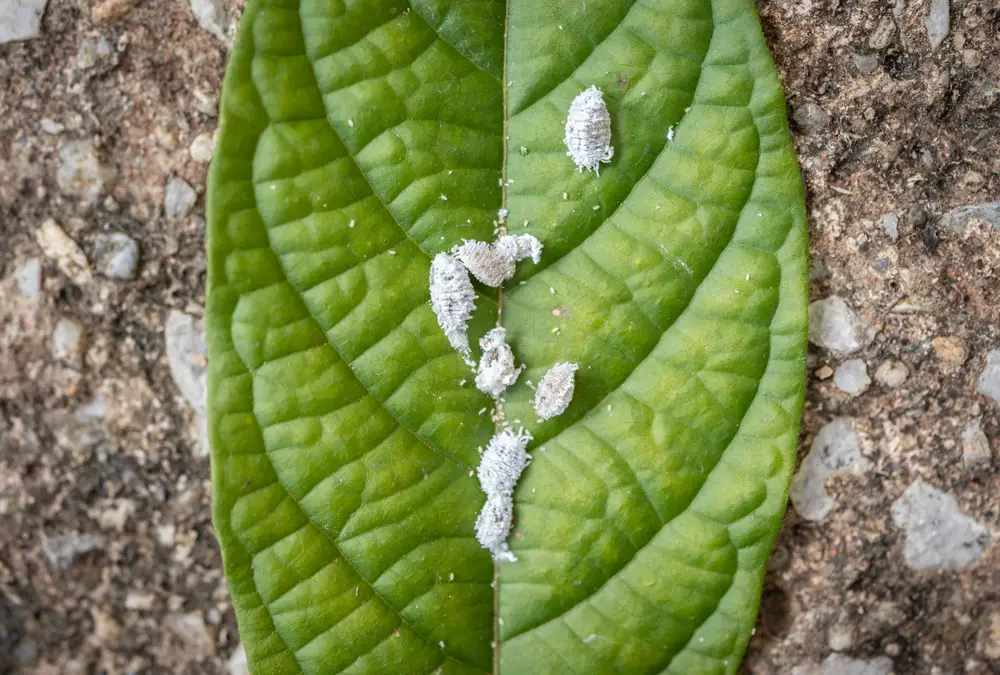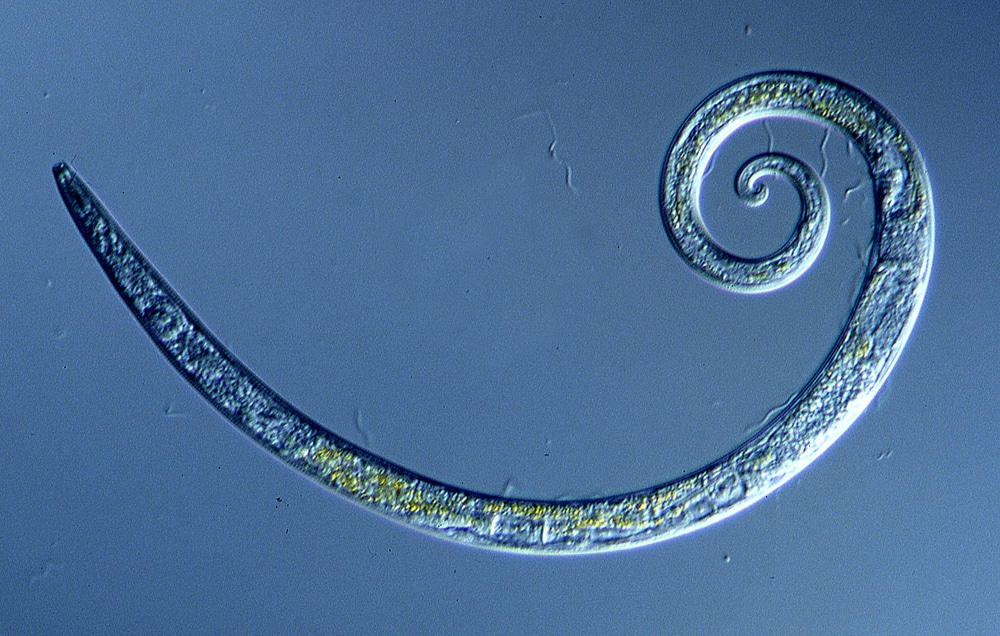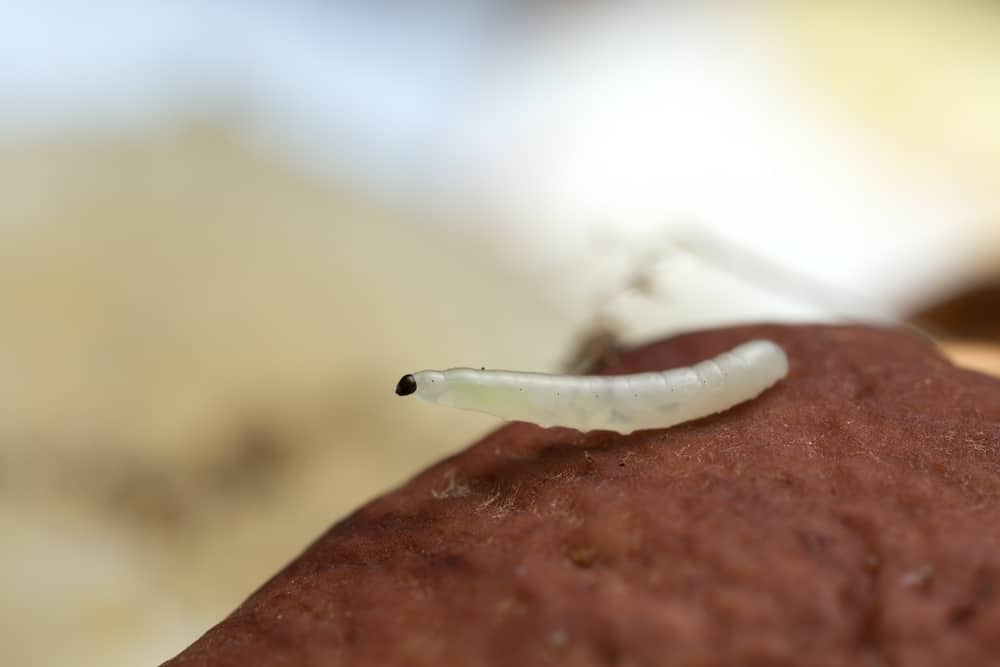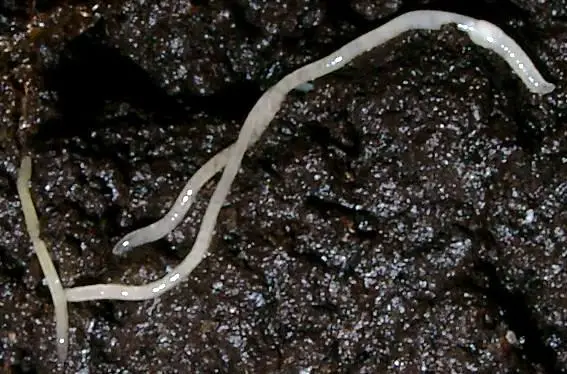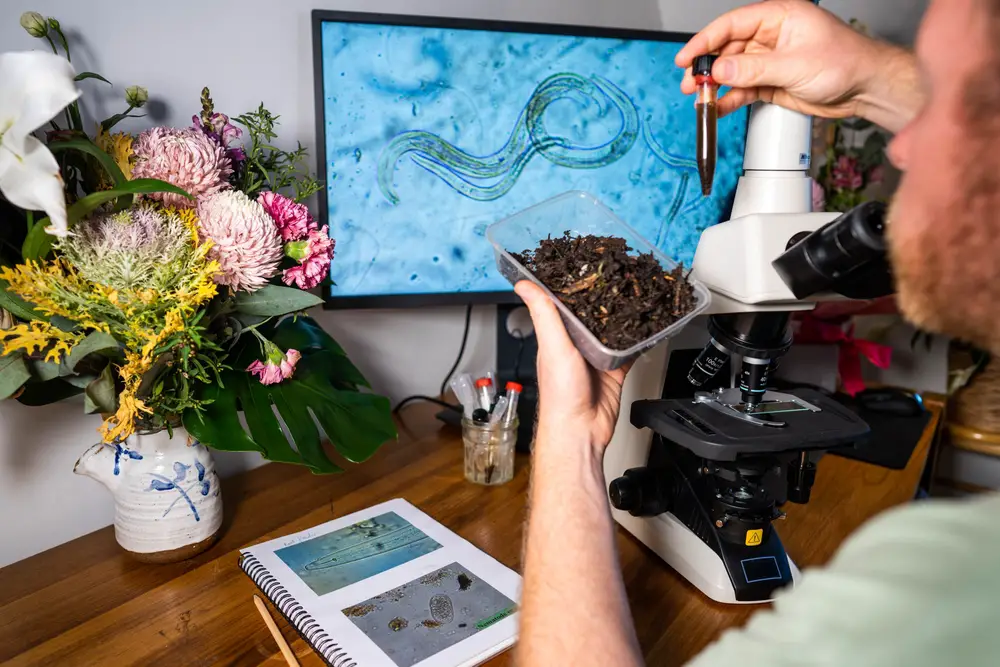Basil is a culinary herb famous for its pleasant odor. When healthy, basil leaves are bright green.
However, basil leaves may turn white because of attacks by insects or fungal infections. Another factor that may cause white spots in basil leaves are overusing fertilizers, too much exposure to sunlight and nutrient deficiency.
Let’s have a deep look into why your basil leaves are turning white and fix the problem.
What Causes White Spots in Basil Leaves?
Here are some of the common causes of white spots on basil leaves.
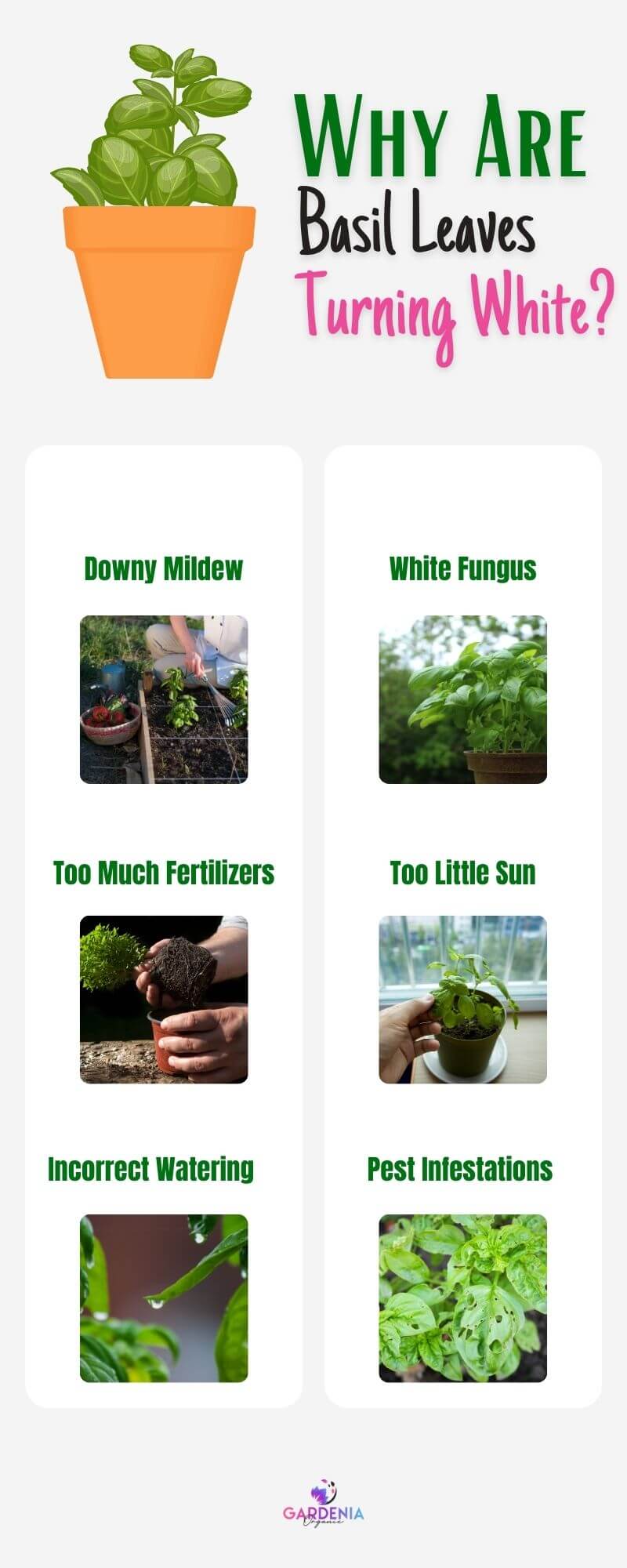
Downy Mildew
Downy mildew is a condition that results from prolonged exposure to wet environment.
This explains why it commonly occurs during rainy seasons, as well as when it’s warm and humid.
The disease is highly contagious and spreads to unaffected plants when spores are dispersed by air and water:
- It starts with chlorosis, a loss of chlorophyll typified by yellowing of leaf veins.
- After some time, the leaves start developing white spots on the lower side. These spots then turn into black lesions.
The solution to downy mildew is identifying it at its early stages.
If not, the disease spreads throughout the plants. The leaves start falling off, and after some time, the plant dies.
White Fungus
Another cause of white spots on basil leaves is fungal attack.
Like downy mildew, this condition is highly prevalent during rainy seasons.
If the plants receive excessive moisture, the chances of contracting this infection increase.
The white fungi mostly thrive in damp conditions. Its first signs are fuzzy white outgrowths that look like concentric circles on your plants’ leaves.
If left untreated, these develop into a white mycelium aggregate and affect the entire plant.
It’s worth noting that white fungus can kill your crops a few months after the first attack.
For This Reason: It’s advisable to treat it at its early stages and employ preventative measures.
Applying too Much Fertilizers
Overusing some fertilizers can adversely affect your basil plants.
This is because it leads to increase in the concentration of salts in your garden, disrupts pH balance, and makes your soil unsuitable for supporting plant roots.
Over an extended period, the roots become weaker, and this hurts the plant’s growth and development.
Specifically, the roots lose the ability to absorb and transport nutrients and water to other parts of the plant.
The resultant nutrient deficiencies cause white spots on the leaves, and can eventually kill the plant if left untreated.
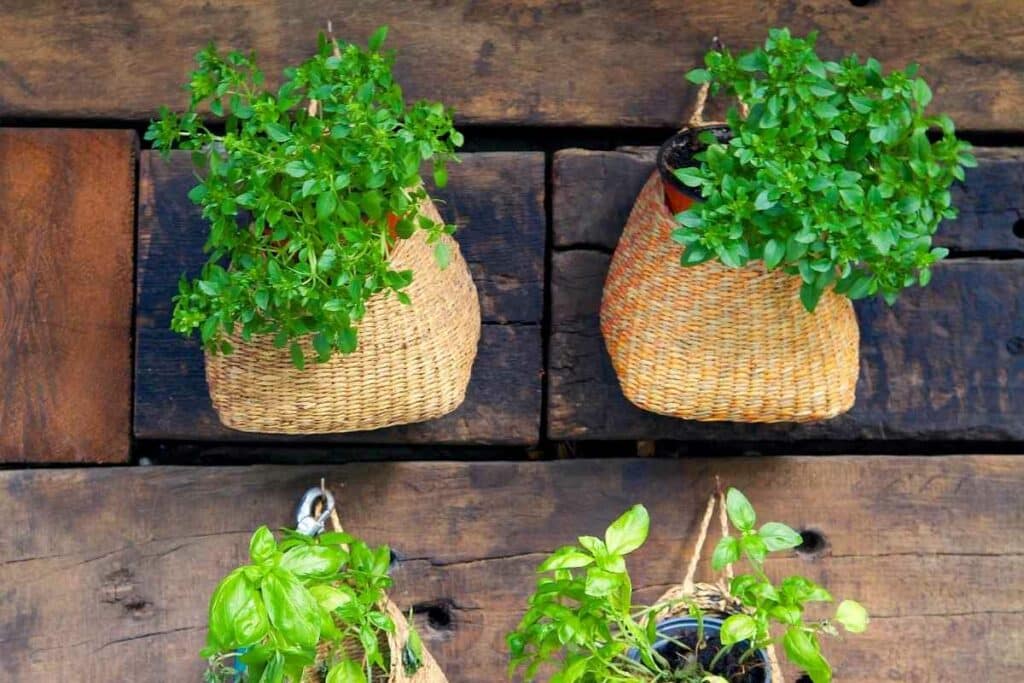
Too Little Sun
If you live in an area that receives little sunlight, your basil plants are highly likely to get white spots on their leaves.
The same occurs if you plant them indoors, away from natural light.
Sunlight is vital for some processes, namely transpiration and photosynthesis.
The Importance of Sunlight: If it isn’t adequate, your plants will not only get white spots, but can also wither due to lack of nutrients.
Incorrect Watering
Another reason why your basil leaves are turning white or yellow is excessive watering.
When you irrigate your plants incorrectly, there are higher chances of developing root rot.
Like the name suggests, the condition affects the roots, making them dark brown and ineffective at nutrient absorption.
Poor rot health spreads to other parts of the plant with time. The leaves on the lower branches start turning, and the condition gradually affects the entire plant.
Pest Infestations
By stealing nutrients from your plants, pests can cause white spots and other conditions that hurt your basil plants.
Here are some of the ways through which these organisms can hurt your plants.
- Aphids – these target the lower side of your plant’s leaves, where they suction juice and cause discoloration.
- Caterpillars – these target the leaves and like feeding on them.
- Thrips – these pests like raiding buds and the underside of leaves. They usually leave silvery brown leaves after attacking your plants.
How Do You Treat White Spots in Basil?
The best way of negating white spots in basil depends on the causative factor.
Here, you can employ different remedies, depending on whether the plant was affected by a disease or pests.
What Methods Are Used to Deal with Diseases?
If your basil leaves are turning white because of fungal infections, you can use fungicides to get rid of them.
All you have to do is follow the instructions that come with the chemical.
On the other hand, bacterial infections have no cure. The solution to such problems is uprooting and properly disposing of the affected plants.
The following are some of the remedies you can use to treat diseases in basil.
- Baking Soda – this homemade remedy consists of a mixture of baking soda, dish soap, vegetable oil, and water. It’s best used on watered plants as it can burn foliage if the plant is dry.
- Potassium bicarbonate – this works like baking soda, and it’s highly effective at fighting mildew and fungal infections.
What Methods Are Used for Fighting Pests?
Sometimes, white spots might be a result of pest attacks.
Here are the methods you can use to treat them:
- Use proper irrigation methods – avoid over-watering your plants, as this increases the chances of mildew growth.
- Maintain plant hygiene – keeping your plants clean is an effective way of warding off pests. Ensure that the leaves never accumulate grime.
- Reposition your plants – if your plants aren’t getting adequate sunlight, consider removing them indoors. That said, you should also avoid overexposing them to the sun.
- Neem oil – despite its strong odor, neem oil can help in eliminating pests affecting your basil plants. However, don’t overuse it because it can alter the flavor of your crops.
Final Thoughts on What’s the Best Way of Preventing Future Attacks?
If you want a lasting remedy to the white spots problem, it’s advisable to follow proper planting practices.
Avoid overcrowding your plants and invest in a proper irrigation system. Also, continually check your soil and maintain proper hygiene.
Lastly, replenish nutrients regularly. A nutrient deficiency can cause leaf discoloration and make your plants more susceptible to adverse conditions, such as white spots.
If the deficiency persists, the spots die and turn white. This hurts the plant’s overall health and renders them useless and unsafe for human consumption.

